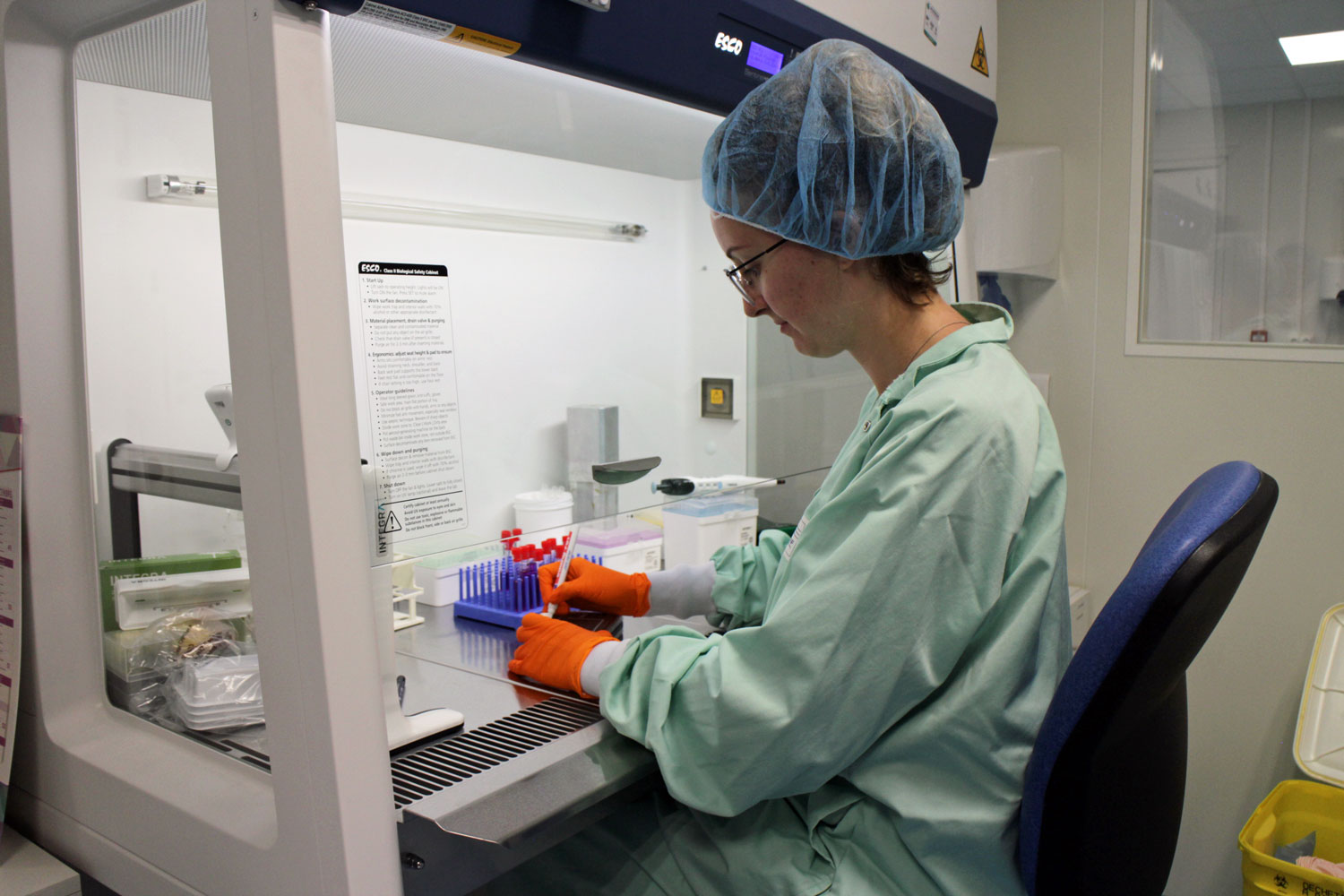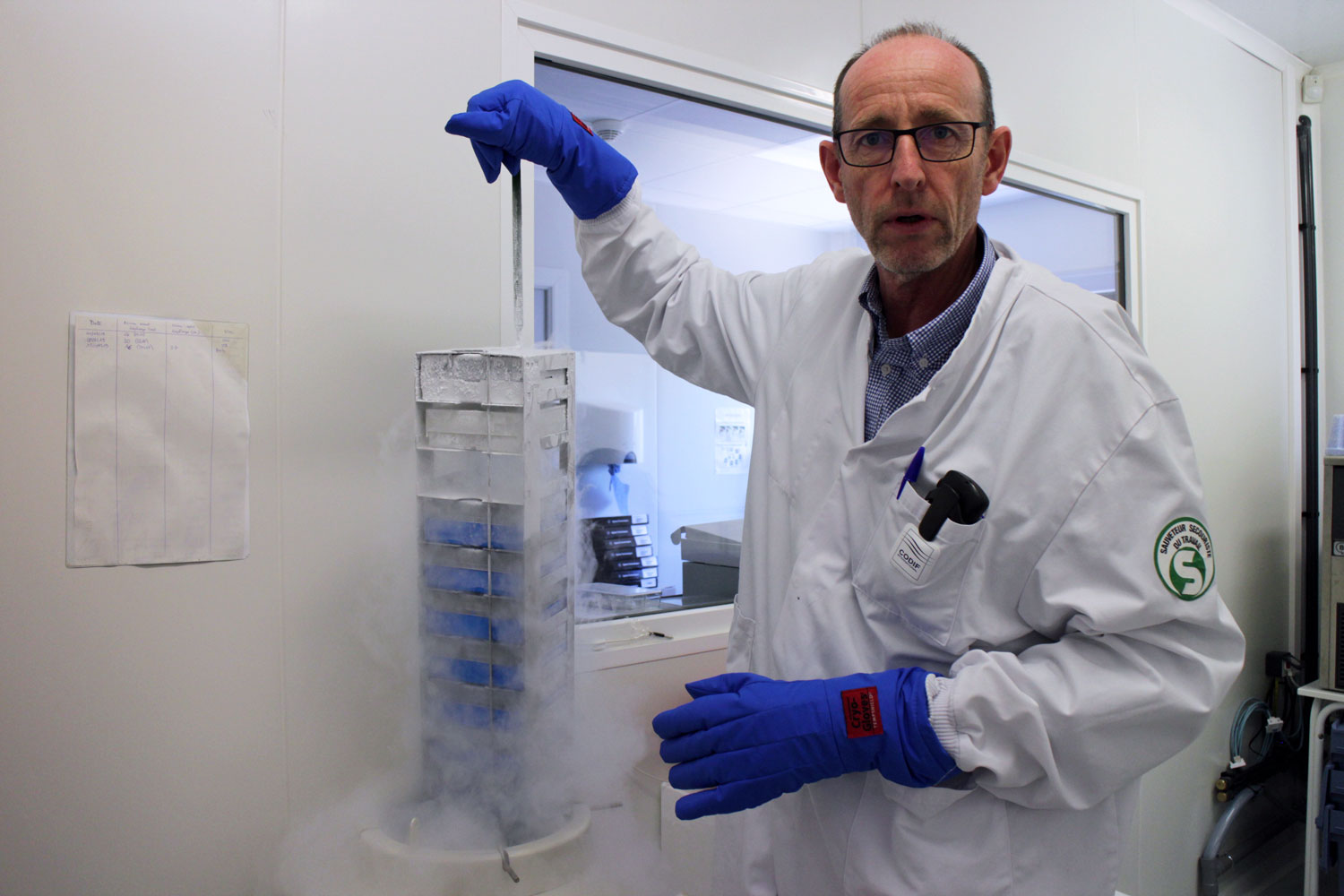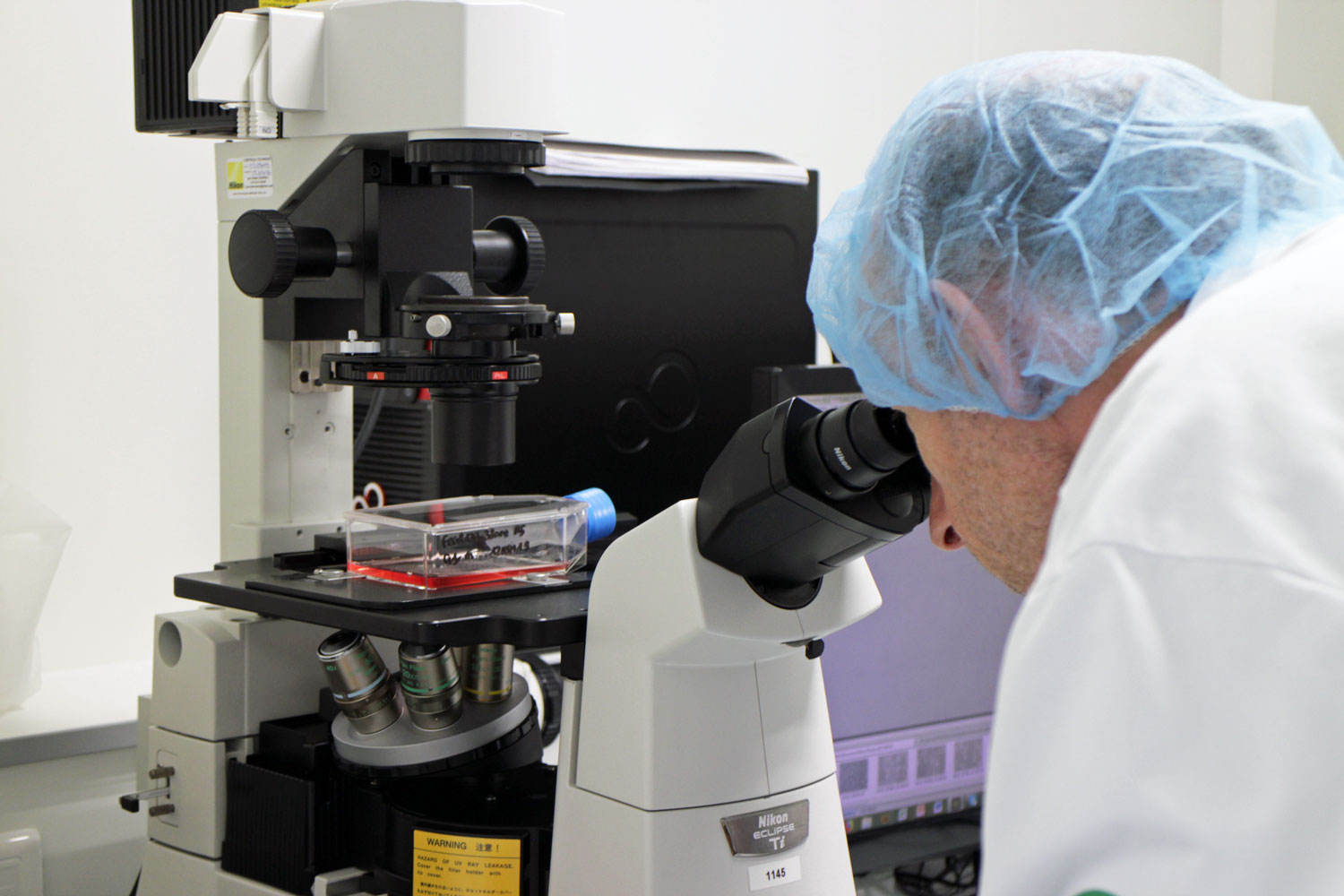This is a translation of my German blogpost Hinter den Beauty-Kulissen… ProTec Ingredia GmbH Proudly Presents: Wie Codif die Haut erforscht. Enjoy!
In cooperation with ProTec Ingredia // When I visited French cosmetic ingredients manufacturer Codif in Brittany I thought I knew what I would see: A large laboratory probably, vats of algae solution and production facilities for the cosmetic ingredients. And of course Codif’s headquarters near Saint Malo has all of these but what I didn’t expect – and found absolutely fascinating – was the department with specialist researchers for skin models. Wondering what this has to do with the development of cosmetic active ingredients? Follow me into the laboratory of Loic Pentecouteau, Codif’s Skin Biology Laboratory Manager, who’s been researching skin for decades. Let’s go!
How skin is constructed
A few words about the basic structure of our skin: It’s the largest organ in the human body and measures around 1,8 sqm. The skin is covered by a hydro lipidic film which forms a barrier against environmental influences. Underneath the hydro lipidic film are three distinct skin layers. The avascular upper skin (epidermis) consists of several cell layers, such as the basal cell layer, the prickle cell layer and the granular layer. The next skin layer is the so-called dermis which is divided into two further layers – one of these, the reticular layer, contains collagen and elastin fibres (the connective tissue). Finally the lowest of the three main skin layers is the subcutaneous tissue (cutis) which is composed of loose connective tissue embedded with fat cells.
“Our skin basically consists of spaghetti”, says Loic Pentecouteau as he shows me skin tissue underneath the microscope. On the computer screen you can see the blue elastin fibres and the red collagen fibres (see picture above). With his trained eye Loic can immediately identify the skin’s age.
Innovative testing methods
And this brings us to the testing methods: In my interview with Research & Study Manager Franziska Wandrey at Mibelle Biochemistry I explained how cosmetic ingredients are tested in-vitro (=in a laboratory) or in-vivo (=on a group of human test subjects). Codif does both sorts of testing. A major focus in these tests is the precise and measurable effect of cosmetic actives on the skin. Codif has a dedicated research unit which tests the ingredients that are currently under development on different skin models. Sometimes the ideas behind innovative raw ingredients are actually generated in the laboratory of Loic and his team.
Skin models for research
The skin models developed by Codif allow the company’s researchers to precisely measure the effects of an ingredient on the skin in terms of ageing, hydration, pigmentation or inflammation. The French company is particularly proud of its 3D skin model. But what exactly are “skin models”? Ok, now things are getting a bit scientific! Basically skin models are tissue cultures which are based on human skin cells. These can be derived from skin remains left over by cosmetic surgery, for example. The donors remain completely anonymous; Loic and his team merely receive some basic data (like age, gender or phototype) so that they can later use the cell cultures for specific tests.
To develop a skin model you first isolate different cell types, then cultivate these cells and finally assemble them again. That way you can construct an equivalent of the human skin. Skin models can vary quite a bit: Codif works with individual skin layer models but also with a three-dimensional skin model which features a completely reconstructed epidermis and dermis. On the picture above you can see Loic who is showing me the skin cells stored in dry ice.
All of this might sound strange and abstract (or even a little creepy) when you hear about it for the first time. However, these innovative and forward-looking test methods offer great potential as an alternative to animal testing (especially in the area of medicine). In addition, scientists can use these skin models to determine the efficacy of active ingredients in a controlled environment.
The goal of cosmetic research with skin models is to record the entire scope of a new active ingredient. Using extensive tests scientists can systematically observe the effect of the ingredient on, for example, fibroblasts, keratinocytes or melanocytes. For this, the plant extract under development is applied to the skin model culture which is then placed in a sterile room and observed for several weeks (see picture above). In the case of an ingredient against pigment disorders, for instance, you’d measure the exact amount of melanine in the skin sample.
Analysis of the active ingredients
At Codif it takes around six months until the research on a new ingredient in terms of its effect on the skin has been completed. Testing on skin models is very time-consuming and requires substantial investments into special microscope technology (occasionally Codif collaborates with the University of Rennes on this research).
Loic shows me how a biophotonic procedure on the skin tissue sample lights up the collagen and elastin fibres in red and blue on the screen, and how these fibres change during the ageing process. The skin model method also allows the researchers to understand how an ingredient decreases the skin’s melanine production during UV exposure. In addition, Codif conducts genome screening on all of its ingredients, a technology which comes from the pharma industry.
And what will the future bring? Loic has been working with cell cultures for over 23 years and he believes that living skin will soon be generated by 3D printing. Medical research in this area is making great progress (for skin transplantations, for example) – and the cosmetics industry can only profit from that.
Biologist Eric Gasparatto (he is responsible for the development of new ingredients at Codif – you met him in this chapter of our Beauty Serial) thinks along similar lines. He expects that we’ll be able to analyse the efficacy of plants even more precisely in future because the field of molecular biology is making such large strides.
In the next chapter of our Beauty Soap we’ll meet an organisation that has dedicated itself to protecting and expanding the biodiversity in the world of plants. Stay tuned!





